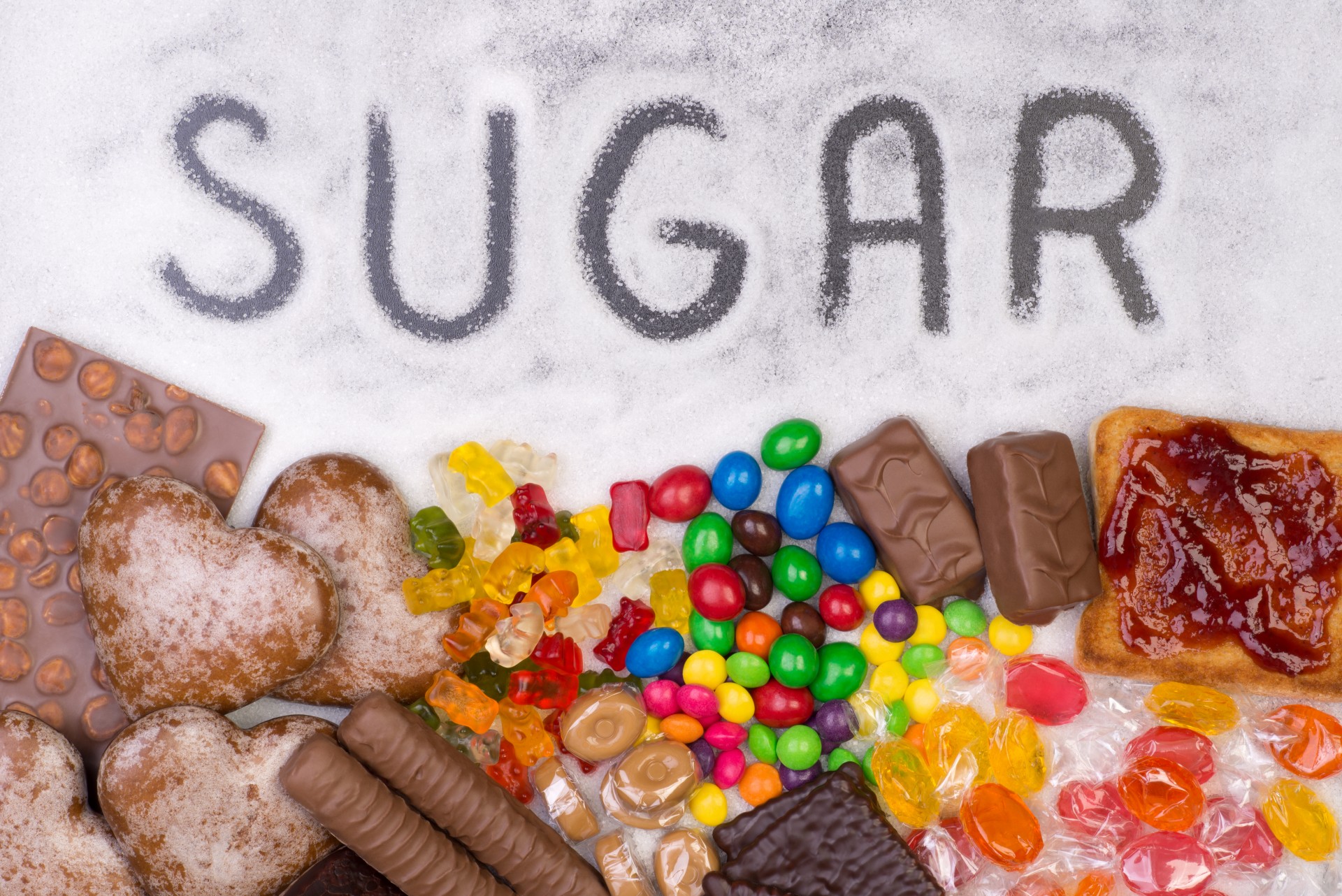
Why The Move Away From High Fructose Corn Syrup Isn’t Helping
High Fructose Corn Syrup is trending down, but what’s replacing it? The answer is more evidence that we need to get back to whole, natural foods.
BY HEATHER QUINLAN
In the 1980s, high fructose corn syrup made a ton of headlines in the press. Unlike today, all of the headlines back then were actually good. In this simpler time when less was known about processed foods and the dangers of sugar in general, HFCS was lauded for being a boon to the food industry because it was easy to produce and cheaper than real sugar. Food companies dumped it by the truckload into candy and soda, but they also put it into all kinds other common products from bread to condiments to spaghetti sauce. That was all OK, we were told, because the food industry was simultaneously pushing it as a healthier sugar alternative.
Yes, today’s villain of all food villains, high fructose corn syrup, was once considered healthy. Fast forward to today: any food product bearing the label “NO high fructose corn syrup” is now considered the healthy option.
But by this point you should know that avoiding one particular kind of food or food additive doesn’t automatically make you healthy. Most of us already learned this lesson during the low- and no-fat craze of the 90s.
For the purpose of this article, sugar refers to any and all of the following: sucrose, beet and cane sugar (either white or brown), high fructose corn syrup or HFCS, honey, sorbitol, xylitol, raw sugar, and dextrose.
Most fitness enthusiasts avoid sugar of any kind unless it’s consumed immediately after a rigorous workout, when it serves a purpose to restore depleted glycogen. These folks give it a very limited role in their diets, and to be sure, it should be limited in your diet, as well.
With that being said, there are studies that point to sugar being downright toxic for your health, and that it can be as addictive as cocaine. However, none of these studies can accurately say how much sugar it takes to become addictive or toxic.
Michael Pollan, author of the great book, Food Rules, famously wrote, “Don’t eat anything your great-grandmother wouldn’t recognize as food.” That seems easy enough. But again, we’ve got a dilemma: Just because high fructose corn syrup is now public enemy number one, that doesn’t mean the food industry has really changed its practices all that much. Sugar is once again sneaking into your diet and you may not even realize it. If those “healthier” options, so proud to tell you they don’t contain HFCS, are just replacing it with another form of sugar, then we haven’t made much progress, have we?
So what can you do? You don’t have to go on a full blown sugar deprivation diet. Sugar derived from complex carbohydrates, especially fruits (which also contain necessary fiber) and milk, are sugar sources your body can really use. Sugar in your on-the-go breakfast bar, snack bar, and your lunch time iced tea? Those are the pitfalls you need to avoid.
Take some time to read food labels. By converting grams to teaspoons—a much easier-to-understand visual reference for Americans—you can get a better grasp on how much sugar is really in some popular products. Remember that 4 grams of sugar equals 1 teaspoon.
Here’s a look at some popular beverages:
Harmless Harvest Coconut Water: 3.75 teaspoons of sugar per 8.75 fl. oz serving
Starbucks Bottled Frappuccino: 8 teaspoons per 9.5 fl. oz serving
Vitamin Water: 4 teaspoons per 10 oz. serving
Coca-Cola: 7 teaspoons per 8 fl oz serving (a can is 12 oz.)
Snapple Iced Tea: 4.5 teaspoons per 8 fl oz serving (a bottle is 16 oz.)
See what’s going on with the serving sizes? There are multiple servings in a non-re-sealable can of Coke. If you grab a 20 oz. bottle, that’s 14 teaspoons of sugar. If you were at home, would you ever pour yourself a drink and then add 14 teaspoons of sugar to it?
“Healthy” snack bars are also hiding a ton of sugar. Here’s a look at some popular ones:
Larabar: 4.5 teaspoons per 48g bar
Zone Perfect Bar: 3.75 teaspoons per 50g bar
Cliff Energy Bar: 5.5 teaspoons per 68g bar
For reference, here are two popular candies:
Kit Kat Bar: 5.25 teaspoons per 4-piece bar
Snickers Fun Size: 6.75 teaspoons per mini bar
By contrast, a medium sized apple contains about 18 g of sugar, or 4.5 tsp. But it’s also loaded with fiber, vitamins and minerals—all of which are components that help you metabolize the sugar differently and make it a better energy source for your body.
Remember: You always have an opportunity to make better choices. Every time you make a purchase at the grocery store, you’re voting with your dollars. Use those dollars to let food companies know that you you won’t be fooled into buying candy in a healthy-looking wrapper and you won’t fall prey to trending buzzwords. You’ll be standing up for your health and forcing the food industry to start moving in the right direction.
Heather Quinlan is a certified Bikram Yoga instructor and health coach. Visit her website at: hquinlan.com and like her page on Facebook.

